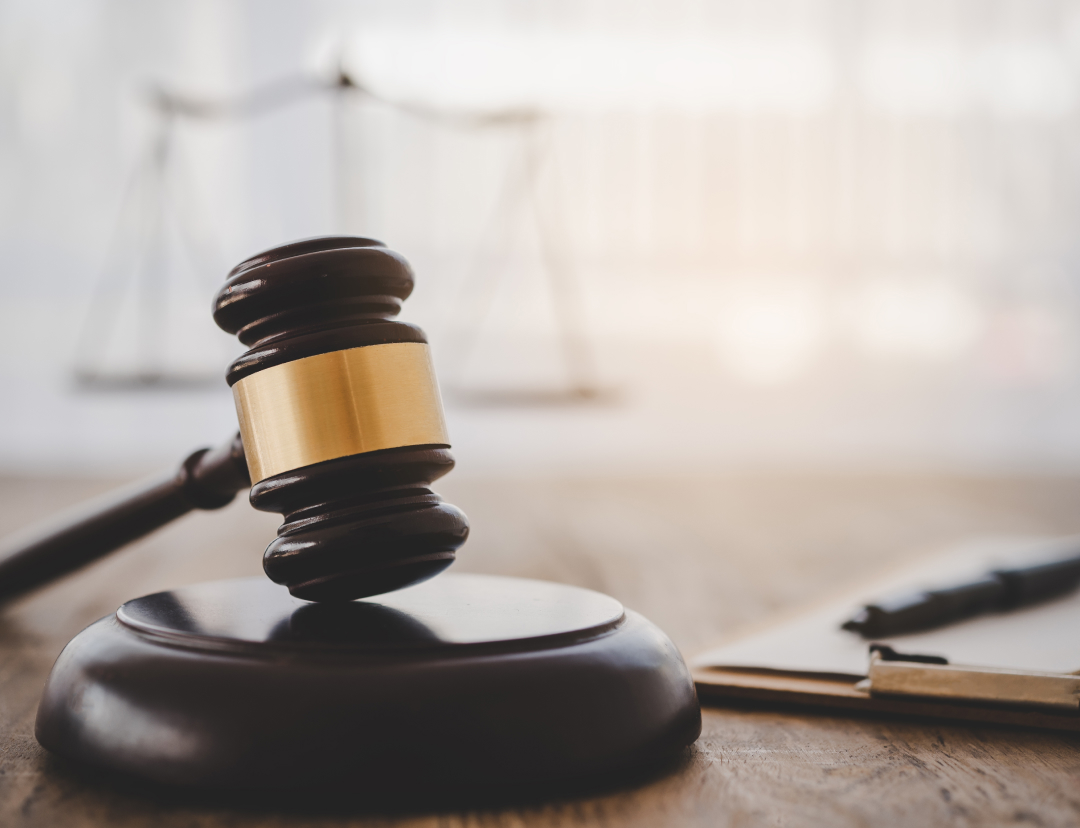President Donald Trump signed an executive order on Monday that threatens to cut federal funding to local and state governments implementing cashless bail systems. He argues that these systems pose a risk to public safety. "No cash. Come back in a couple of months, we'll give you a trial. You never see the person again," Trump stated just before signing the order.
The order requires Attorney General Pam Bondi to provide a list of jurisdictions that have significantly reduced cash bail as a condition for pretrial release within 30 days. Supporters of cashless bail argue that it penalizes the poor, allowing wealthier individuals to pay for their release while those with fewer resources remain incarcerated. Critics, however, contend that traditional bail practices are essential for ensuring that defendants appear in court. They express concerns that cashless bail could lead to the release of violent offenders who may commit additional crimes.
Cashless bail allows individuals to be released from jail without paying money while awaiting trial. This system contrasts with traditional cash bail, where defendants pay a sum to secure their release, which is refunded if they attend their court dates. The Eighth Amendment prohibits excessive bail, which has led to discussions about reforming bail practices.
In 2023, Illinois became the first state to abolish cash bail after its Supreme Court upheld the law as constitutional. This change was part of a broader criminal justice reform known as the SAFE-T Act, enacted in 2021. Under this law, judges assess whether to release defendants based on their charges, potential danger to the community, and flight risk. Other jurisdictions, including New Jersey, New Mexico, and Washington, D.C., have also limited cash bail or nearly eliminated it, employing strategies like court date reminders and transportation assistance to improve court attendance.
Policies regarding cashless bail vary by location. Many jurisdictions exclude serious crimes, such as murder, from cashless bail eligibility. In some cases, cashless bail is automatically granted for misdemeanors and nonviolent felonies, while it may be denied if there is a risk of flight.
Research on the impact of cashless bail on crime rates has produced mixed results. A report from Loyola University of Chicago's Center for Criminal Justice, published in 2024, noted insufficient data to determine the law's effect on crime. However, it indicated that crime rates in Illinois did not rise following the implementation of cashless bail, with some counties experiencing declines in violent and property crimes.
A separate 2024 report from the Brennan Center for Justice found no significant correlation between bail reform and crime rates. This study analyzed crime data from 2015 to 2021 across 33 U.S. cities, 22 of which had enacted some form of bail reform. The findings suggested no notable differences in crime rates between cities with and without bail reforms.
In response to inquiries about the data supporting Trump's claims that cashless bail increases crime, the White House referenced a 2022 report from Yolo County, California. This report examined a temporary cashless bail system implemented during the COVID-19 pandemic. It found that 70.6% of the 595 individuals released under this system were arrested again after their release, with over half being rearrested multiple times.

 Local News in D.C.
Local News in D.C.

 6abc Action News Politics
6abc Action News Politics ABC 7 Chicago Politics
ABC 7 Chicago Politics Associated Press US News
Associated Press US News America News
America News Local News in New York
Local News in New York The Daily Beast
The Daily Beast